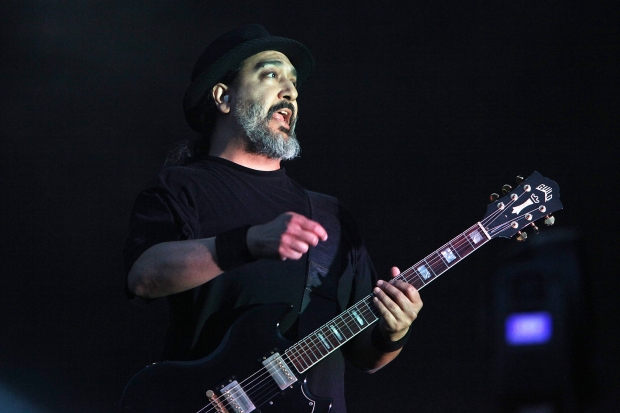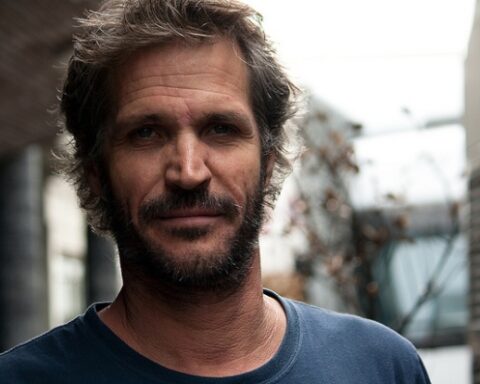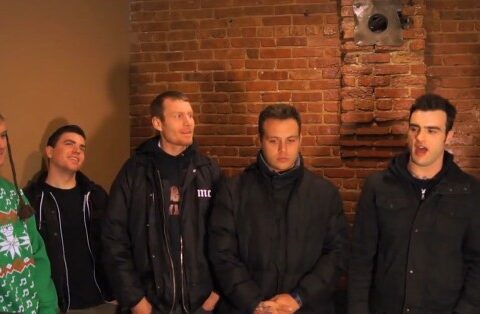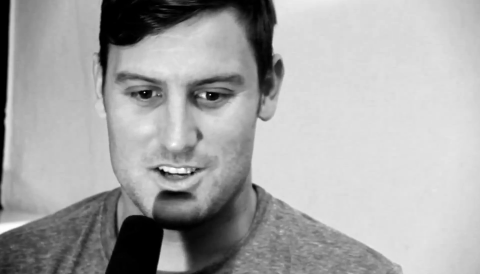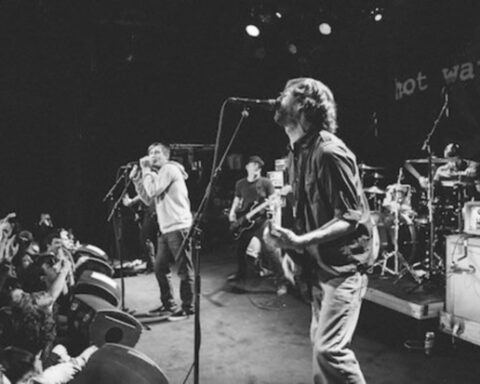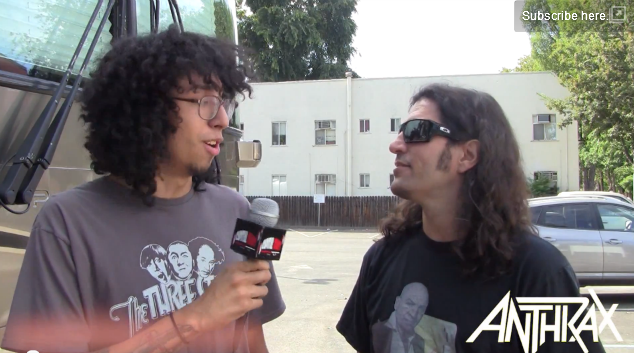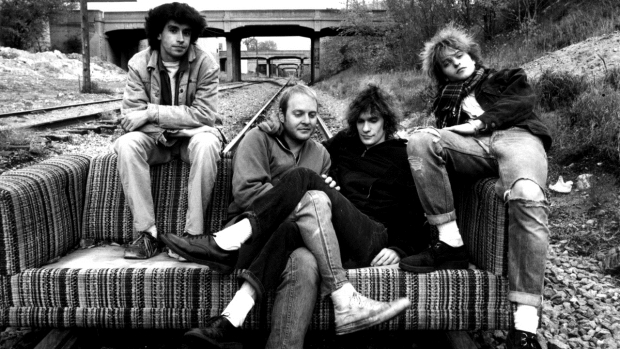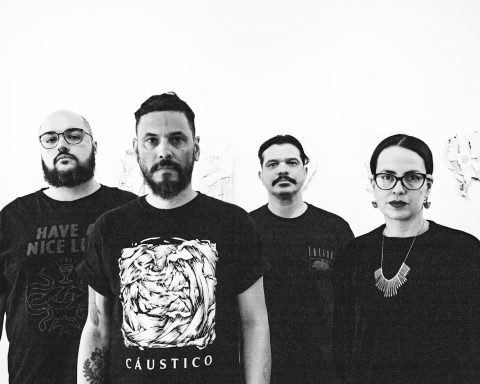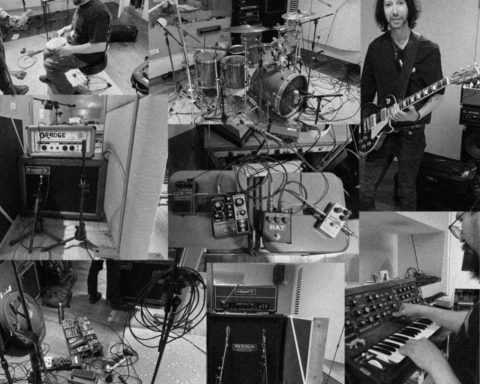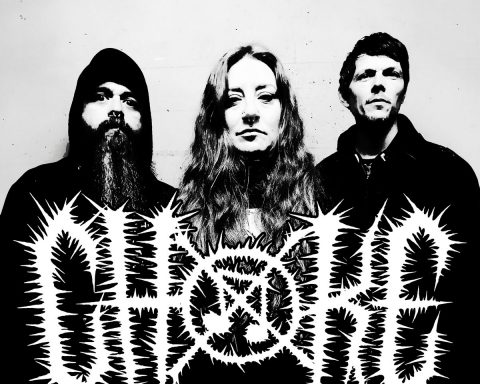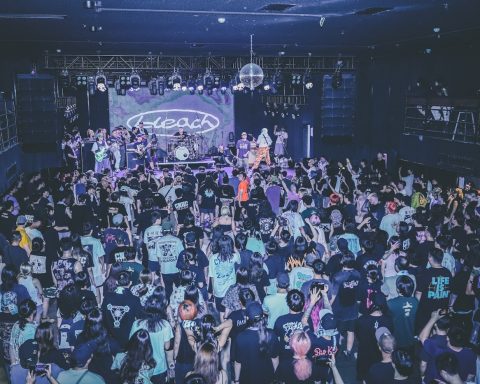Premier Guitar recently conducted an interview with SOUNDGARDEN guitarist Kim Thayil, who discusses the making of the band’s upcoming reunion album “King Animal”, which will arrive a month from today.
How was recording different [during the sessions for the new Soundgarden album, “King Animal”] than in the ’80s and ’90s?
Well, we didn’t have predetermined deadlines set by the record company — that was great. I originally thought we’d have the bulk of this done by the summer of 2011 [laughs], but once we started rolling and felt that inertia of the music coming together, one of us would have to head out for a tour, or Adam [Kasper, producer] would end up having someone else lined up for the studio. I think the only issue this time around was when we’d reconvene and jump back into an unfinished part or song from the previous session.
You once said you brought in your couch to be more comfortable during the “Superunknown” recording sessions. Did you do anything to help you concentrate and execute in the studio for this album?
[laughs] No, no … I never brought my own couch in — my girlfriend would’ve killed me. What happened was that, in the main recording room, they set up a standing lamp and a couch from the lounge in the studio. The room was so big, with high ceilings and fluorescent lights, and I just hated it because it felt like being in a dentist’s office. One thing I’ve always done since that recording was dim the lights, because I prefer the evening feel that a darker room presents. When the lights are up, it’s like you’re doing work in an office, but when it’s more relaxed and a bit darker, I feel more relaxed and creative in that sort of intimate setting.
“Blood on the Valley Floor” and “Been Away Too Long” have some of the album’s chunkiest tones. Did you use an overdrive or distortion pedal in addition to the gain from your amps, or did you get all your dirt from the amps?
Heaviness with us never came from just cranking the volume and tuning the strings down. We helped popularize the idea of using alternative, lower tunings, but we have this darkness, this doom element in our songs by way of the vocals, guitar, and melody interplaying — it’s those colored parts that kind of change the chord and structure just enough by combining major chords with underlying, subdued arpeggios, and ghostly ringing in the background, coupled with the dominant chords and vocal patterns. We still enjoy the visceral power of cranking things to 11, but the complex, cascading, complementary dark layers you can create are often heavier than the visceral approach. Another part of that is the odd time signatures, like 7/4 or 5/4, that are in some of our songs. I think anything different or mysterious can be channeled into heavy — abnormality is a key. That being said, the angry kid inside still loves getting loud. For “Blood on the Valley Floor” and “Been Away Too Long”, I might’ve used a T-Rex Dr. Swamp double distortion or the MXR CAE MC-402 boost/distortion during the solos. I mainly got my gain from overdriving the amps. My tech would be in the room changing the amps’ controls with gun-range ear protectors while I played and settled on the tones in the control room. [laughs]
The rest of the interview can be read here.



